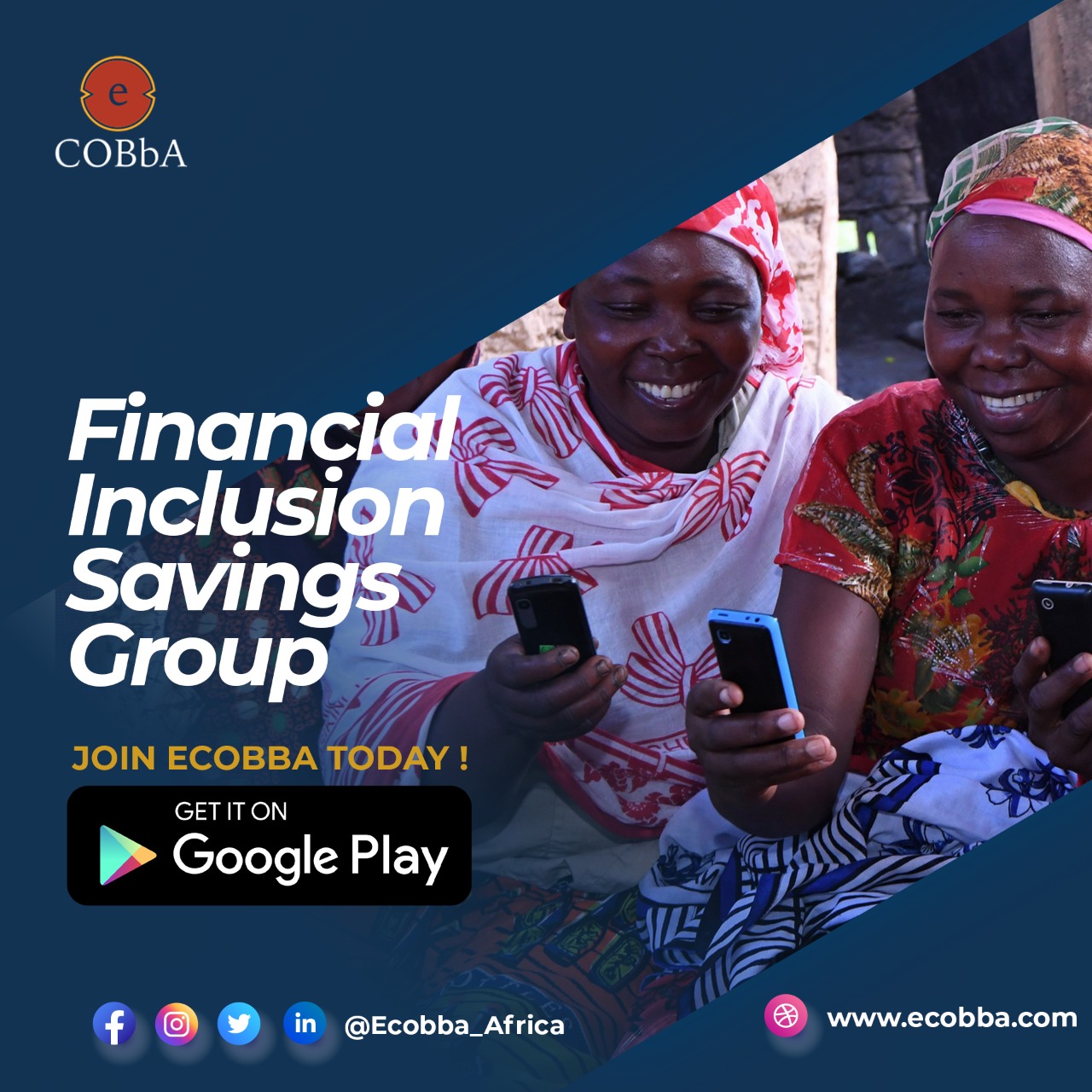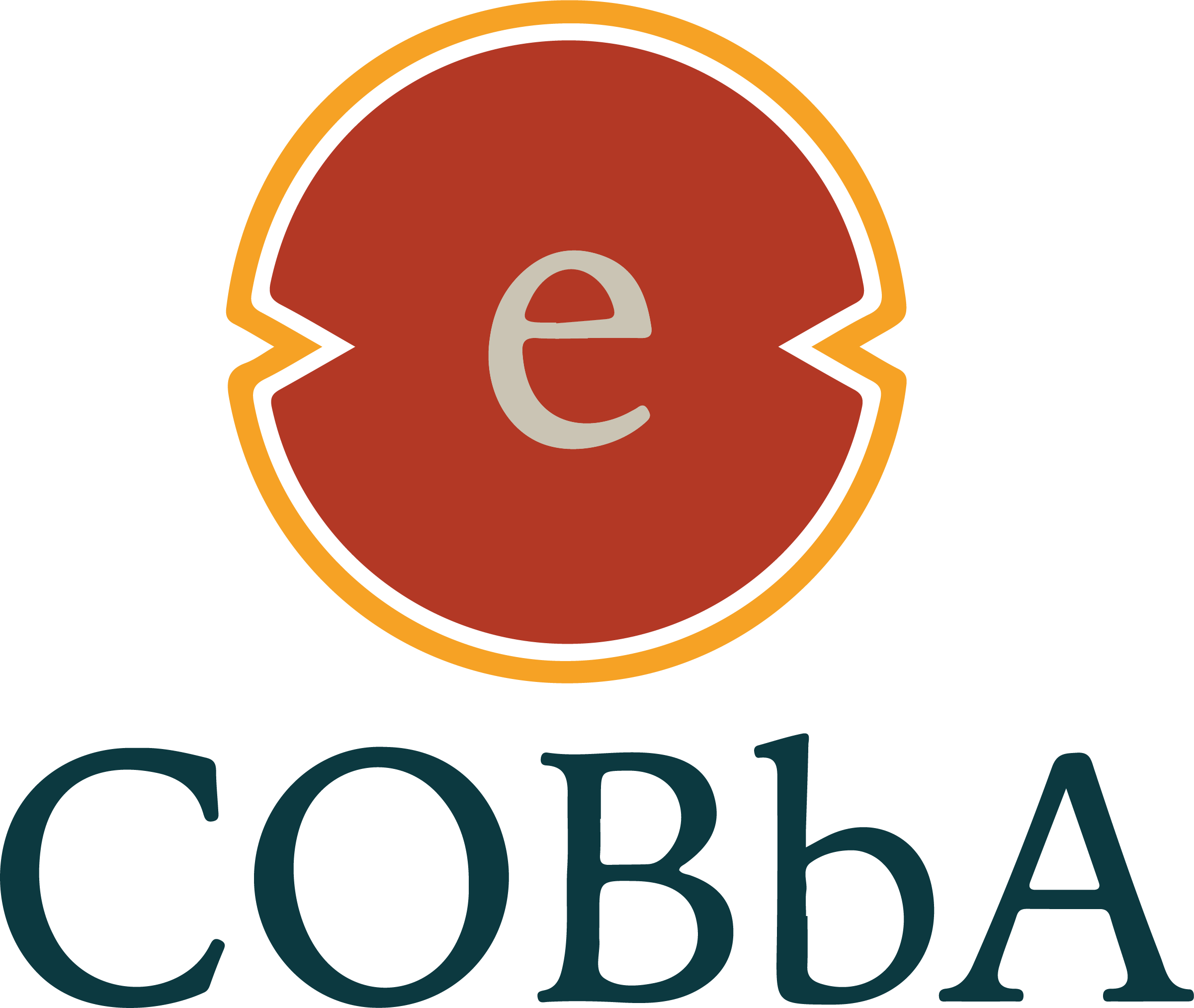
Financial inclusion
Financial inclusion through savings groups Over two billion adults worldwide do not have access to a bank account. Savings Groups represent a promising pathway for financial inclusion in new and underserved markets. With total assets of about $1 billion, Savings Groups aggregate demand among a large number of low income clients. They are organized, disciplined and experienced in money management. And they have identified needs that financial service providers can address. Increasingly, groups want a safe place to store long-term savings and excess liquidity, especially when large sums accumulate towards the end of saving cycles; and new business models, partnerships and alternative delivery channels are improving the viability of delivering formal financial services to Savings Groups. Over the last decade, there has been a proliferation of initiatives to expand access to formal financial services in underserved markets through Savings Groups. And in 2016, the State of Linkage Report identified 95 FSPs offering financial services to Savings Groups across 27 countries. The business opportunity for FSPs is to leverage the resources and established processes of Savings Groups to offer a suite of individual and group-based products in new and underserved markets. Savings Groups (SGs) are recognized as the first step towards formal financial inclusion in the African financial market, thanks to their support to low-income populations and financially excluded people. As an example; According to FinScope 2016, approximately 89% of the adult population in Rwanda is financially included. That includes a combination of formal and informal financial services and products. This percentage translates into 5.2 million people. While 4.2 million (72%) individuals use both formal and informal financial services or products, about 1.2 million (21%) Rwandans solely rely on the informal financial segment. Even though SGs are recognized to improve livelihoods for many poor Rwandan men, youth and women, it has been challenging to trace the Savings Groups’ contribution towards the advancement of financial inclusion in the country. This is essentially because of limited data on the number of group members, amount of savings, disbursed loans, location of operations, and organizations supporting SGs. Keeping this in mind, Access to Finance Rwanda (AFR) has collaborated with the Ministry of Finance and Economic Planning (MINECOFIN), the Central Bank of Rwanda (BNR) and the practitioners (international and local NGOs) to create a digitized “Savings Groups Map”. An online mapping tool, The Savings Groups Map, is a bank of self-reported data captured on a map with key information on different SGs, financial institutions, and mobile network operators (MNOs) that support financial market players to track the financial status of the groups and ultimately support their formal financial inclusion. The data captured from the group includes: -Name of the group, -Location of the group (up to the cell level), -Number of members of the group, -Number of female members in the group, Amount saved and loans disbursed. Some of the benefits derived from having this Map include: -Knowing the contribution of the SG to the financial market -Inform future promoters of the SG where to intervene-on a need basis -Provide information or a business case to financial institutions on the SGs in terms of the amount saved, borrowed etc. -Reduce the risk of duplication of numbers, as it clearly shows the intervention of each promoter in a specific area

